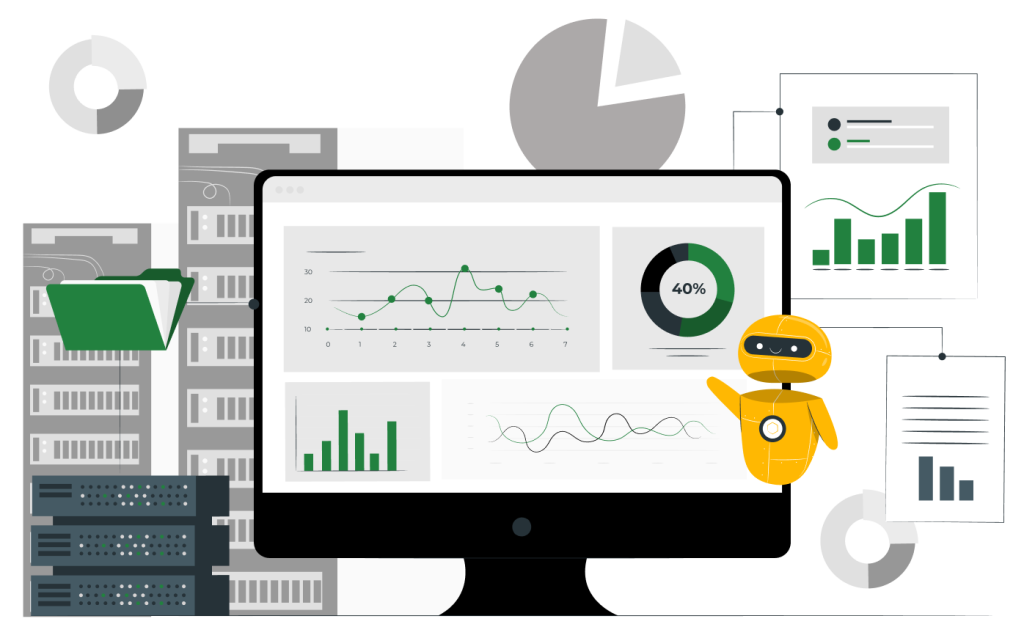What is Intent Data?
Intent data is a type of information that helps businesses understand a potential customer’s behavior, preferences, and readiness to purchase a product or service. By analyzing various signals and actions, intent data reveals a prospect’s intention to buy, thus providing businesses with invaluable insights into their customers’ buying journeys.
Why is Intent Data Important?
In today’s digital age, where customers are more informed and discerning than ever, understanding their intent can make all the difference in tailoring marketing strategies, personalizing communications, and ultimately closing more deals. Here’s why data is crucial:
1. Enhanced Targeting: Intent data allows businesses to identify and focus on prospects who are actively searching for solutions that match their offerings. This leads to more efficient use of marketing resources and higher conversion rates.
2. Personalized Marketing: With insights into what prospects are looking for, businesses can create highly personalized marketing messages that resonate with their audience, leading to improved engagement and stronger relationships.
3. Sales Prioritization: Sales teams can prioritize leads based on their likelihood to convert, ensuring that they spend their time and efforts on the most promising prospects.
How is Intent Data Collected?
Intent data is gathered from a variety of sources, typically categorized into two main types:
1. First-Party Intent Data: This is collected directly from your own database properties, such as your website, CRM, data warehouse, and social media channels. It includes data points like purchase behavior, inquiries, website visits, content downloads, and form submissions.
2. Third-Party Intent Data: This is collected from external sources and data partners. It includes data from public sources, partners, industry websites, online forums, and other digital footprints that provide insight into what potential customers are seeking.
How Can You Use Intent Data?
Using intent data effectively can transform your marketing and sales strategies. Here are some practical applications:
1. Segmenting Your Audience: Use data to segment your audience based on their behavior and readiness to purchase. This allows for more targeted and relevant marketing efforts.
2. Personalizing Content: Tailor your content to address the specific needs and interests of your prospects. Whether it’s blog posts, emails, direct mail, or social media content, personalized messages can significantly boost engagement.
3. Optimizing Sales Outreach: Equip your sales team with insights into which prospects are most likely to convert. This allows for more informed and strategic outreach efforts, increasing the chances of closing deals.
4. Refining Product Development: Understand what features or solutions your prospects are most interested in. This can guide your product development efforts to better meet market demands.
New Mover Data as Intent Data
At Cleanlist, we offer pre-mover and new mover data products that provide clients with lists of individuals who are planning to move or have recently moved. This type of data is a prime example of intent data. When people move, they often have various needs such as new furniture, home services, insurance, and more. By leveraging pre-mover and new mover data, businesses can target these individuals with relevant offers and services at just the right time.
Getting Started with Intent Data
Start by integrating first-party data collection methods into your marketing strategy. This is only effective if your data sources are clean, integrated, enriched, and well organized. If you’re working with dirty data, focus first on data scrubbing and enrichment.
Look for data partners like Cleanlist who can enrich your first-party data with intent data like new resident / new mover or pre-mover (someone planning a move).
Finally, use marketing automation or document composition tools to test offers and messaging either digitally or with direct mail.
In conclusion, intent data, including pre-mover and new mover data, is a powerful tool that can provide unparalleled insights into your customers’ buying journeys. By leveraging this data, you can enhance your marketing strategies, prioritize your sales efforts, and ultimately drive more business growth.
Stay tuned for more insights in our “Ask Cleanlist” series, and don’t hesitate to reach out with your own questions!
What Are the Next Steps?
Cleanlist offers free data assessments to qualified organizations. An assessment will show you the opportunity that data licensing, cleaning and enrichment offers for your organization. Once the assessment is complete, the Cleanlist team will present a solution proposal.





